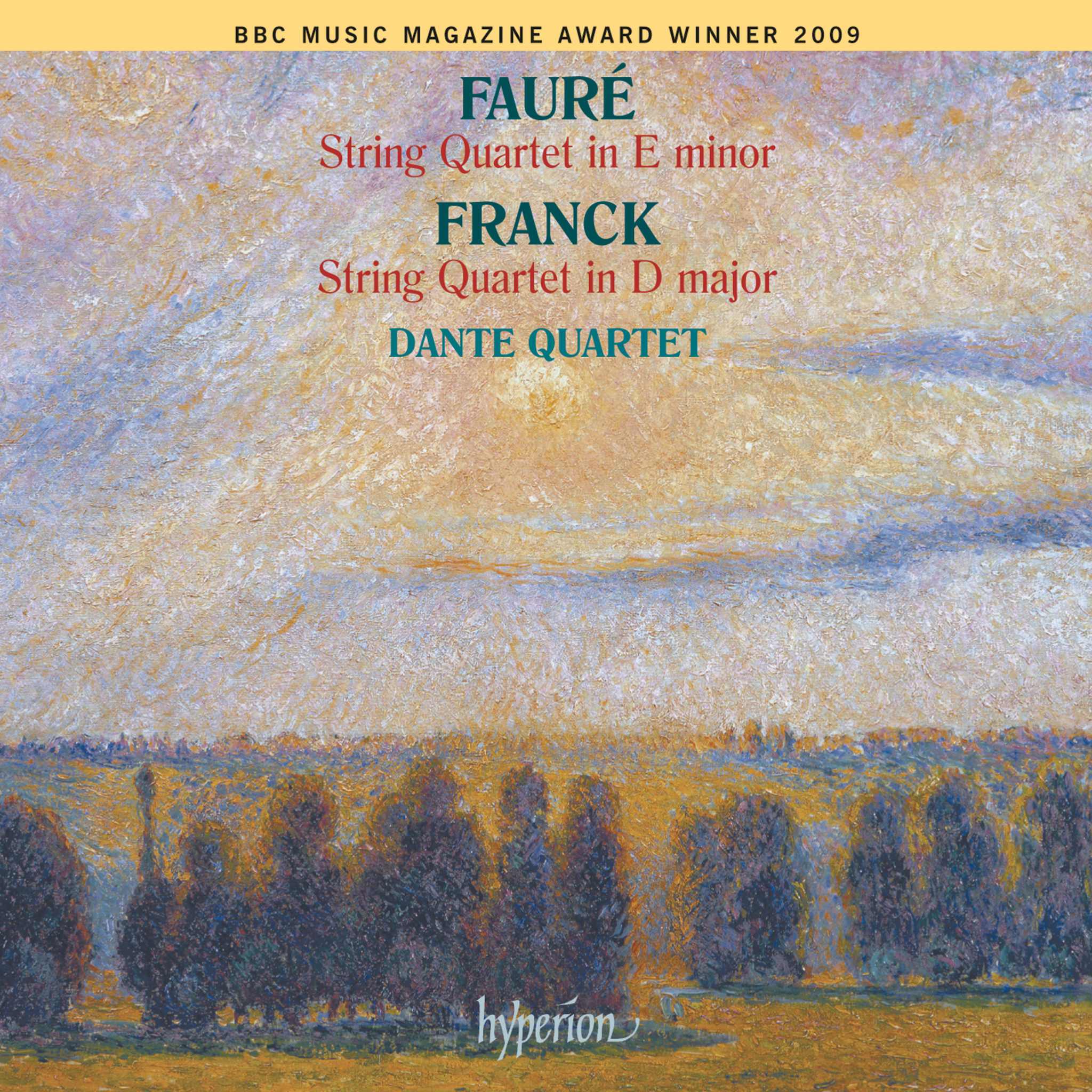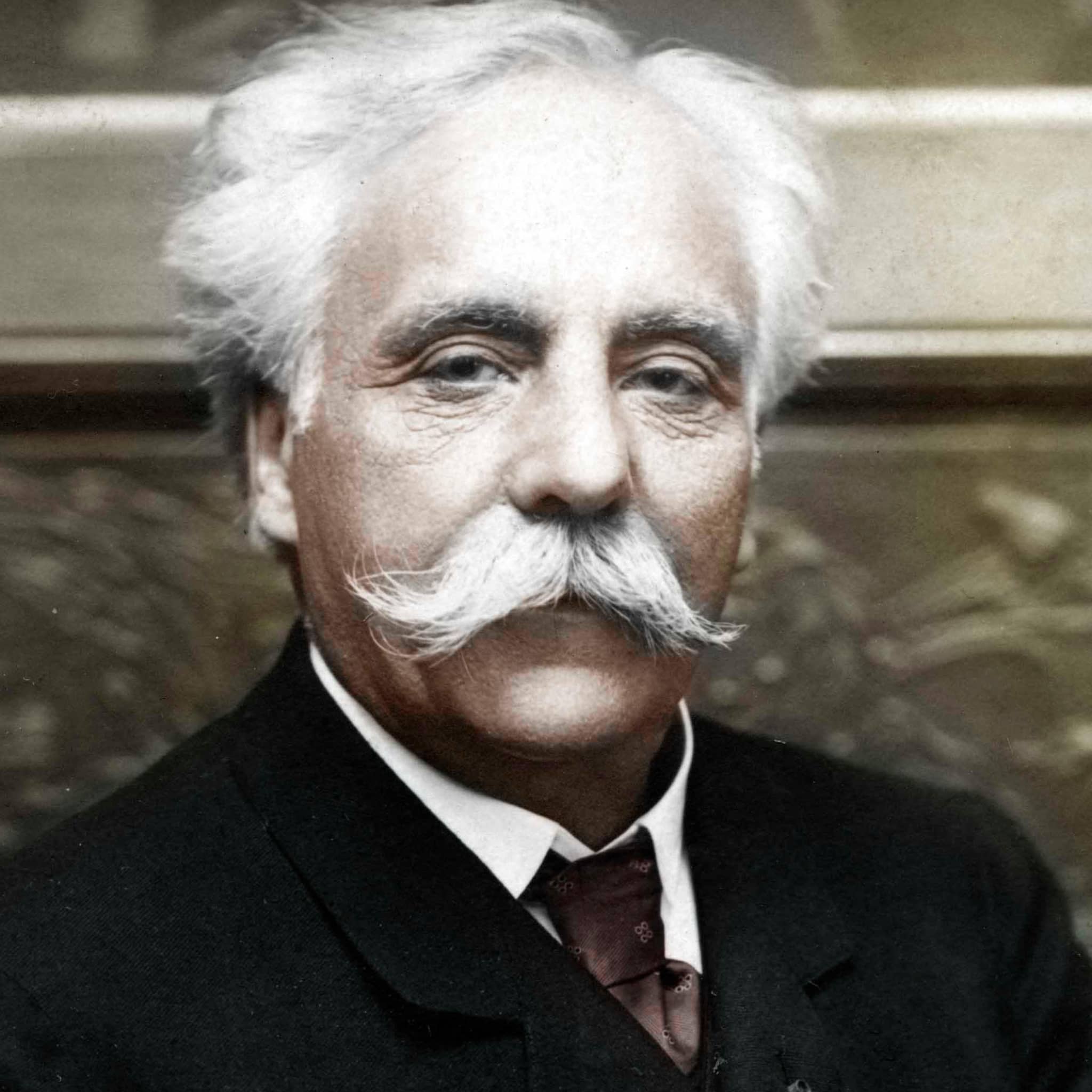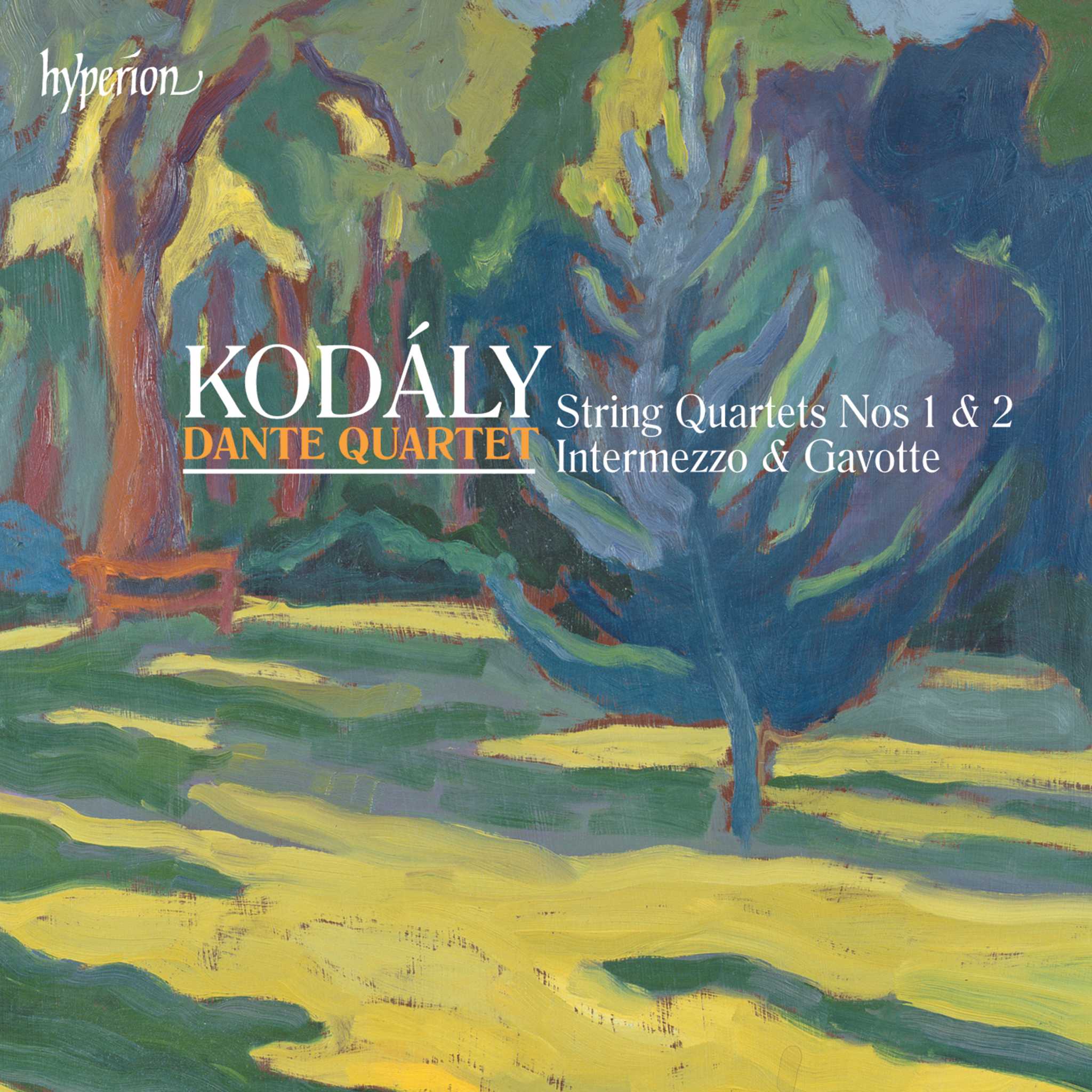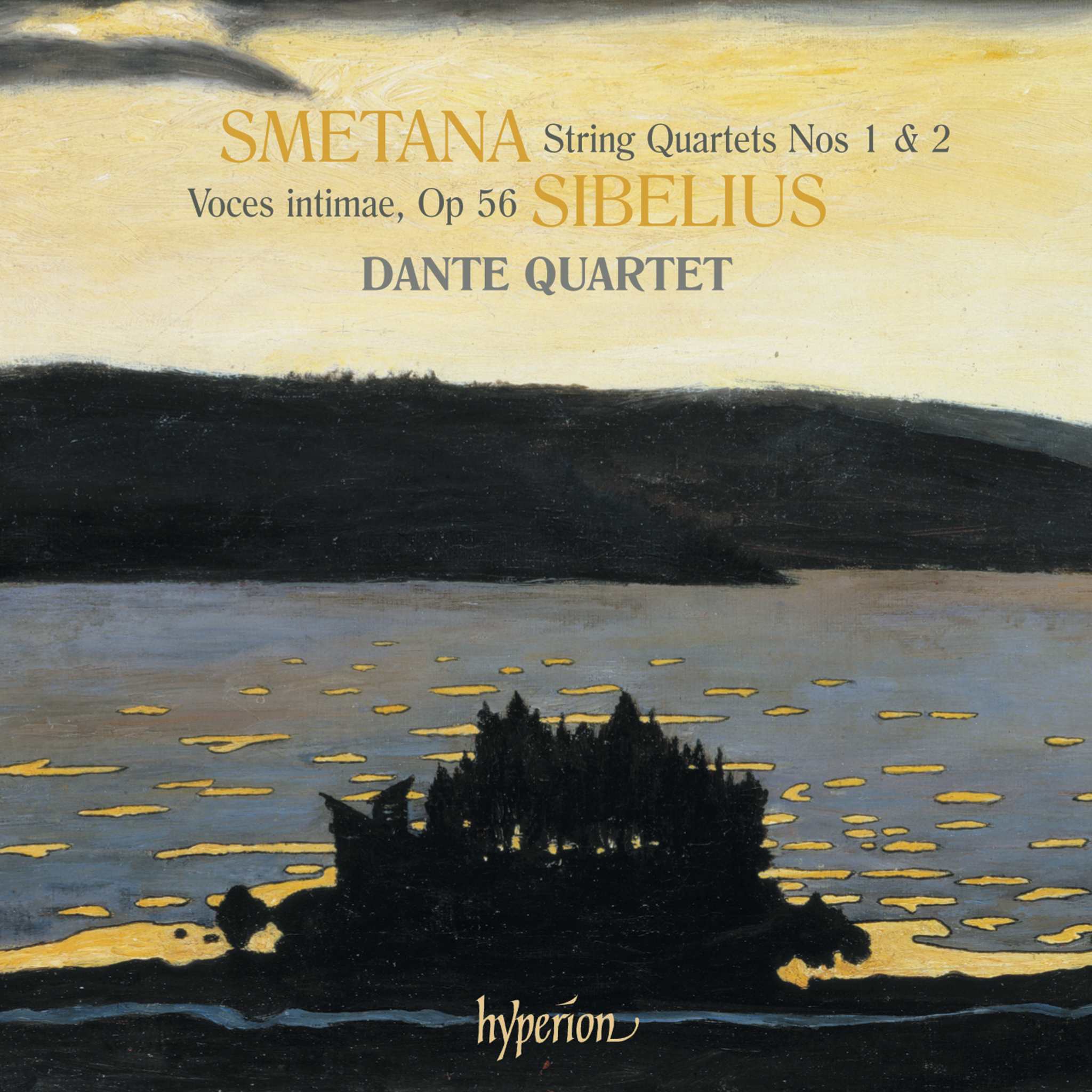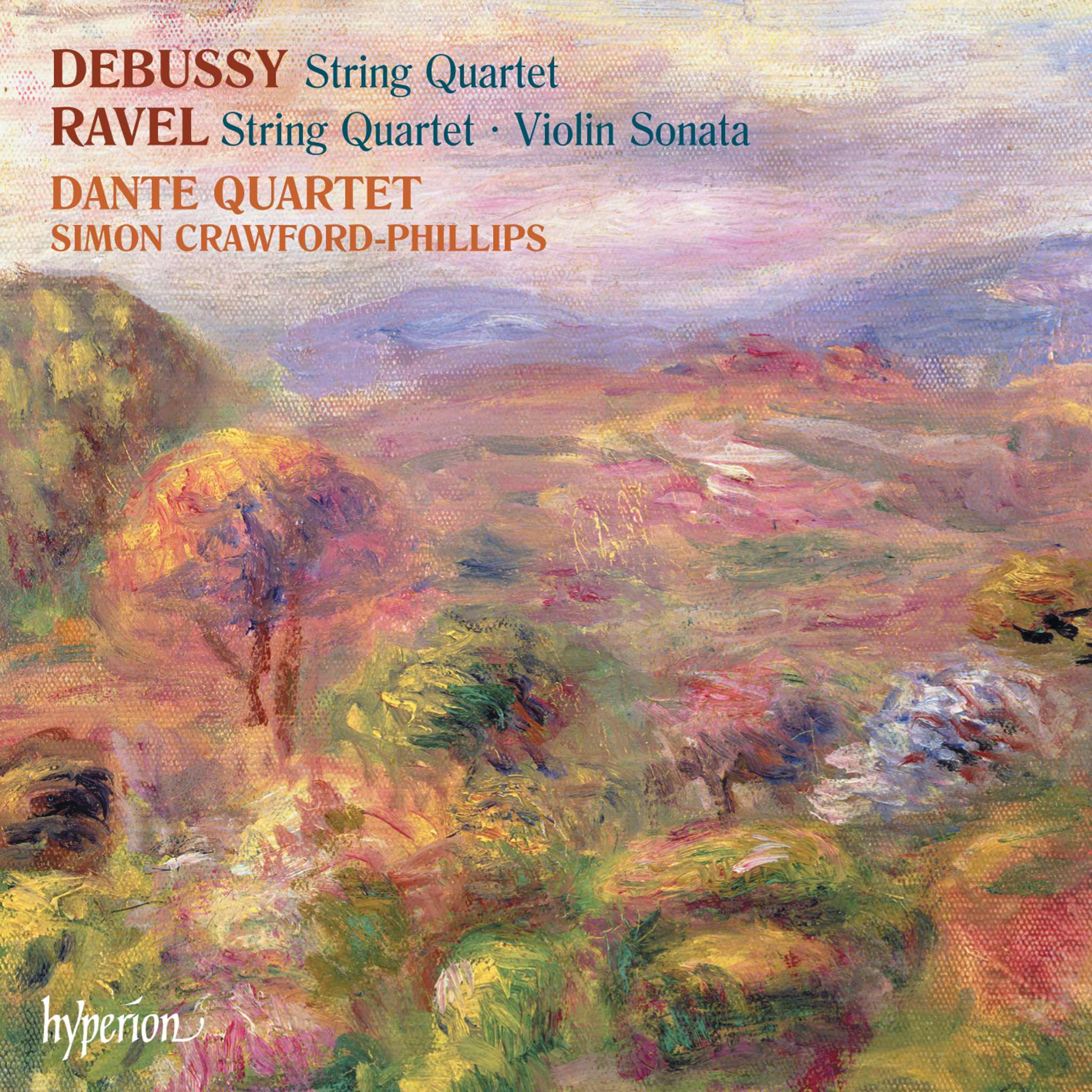Album insights
Oft sorgt die Rückschau für Struktur – ähnlich wie Verleger nach dem Tod eines Autors oder Komponisten handeln, da der Verstorbene nicht mehr widersprechen kann. So war es auch beim letzten der sogenannten drei großen Liederzyklen Schuberts, der von einem Verleger zusammengestellt wurde. Es lässt sich nicht belegen, dass Schubert die sieben Lieder nach Ludwig Rellstab sowie die sechs Vertonungen von Heinrich Heine als Einheit geplant hatte. Dennoch erwies sich Haslinger als einfindsamer Zusammensteller, und durch Schuberts außergewöhnliches Talent bestand diese Sammlung die Probe der Zeit.
Im Unterschied zu Die schöne Müllerin und Winterreise bietet Schwanengesang keinen durchgehenden Handlungsfaden, sondern entfaltet einen musikalischen Bogen, der durch thematische Verbindungen geprägt ist: Natur, Liebe und Abschied in Rellstabs Texten, Verbitterung und Verzweiflung bei Heine. Die Heine-Lieder können, je nach Reihenfolge, eine zusammenhängende Geschichte ergeben. Schuberts Herangehensweise verzichtet jedoch auf eine lineare Erzählung zugunsten eines musikalischen Spannungsbogens zwischen Der Atlas und Der Doppelgänger.
Der frühe Tod Schuberts trug dazu bei, den Nachruhm von Schwanengesang und Winterreise zu verstärken. Haslinger nutzte die Gelegenheit, um Schwanengesang als Höhepunkt von Schuberts Schaffen zu präsentieren. Dennoch war die Auswahl der Texte nicht Ausdruck von Todesahnungen, sondern Ergebnis von Schuberts Begeisterung für Dichtung. Neue Stimmen, darunter Heine, fanden ihren Weg in Schuberts Musik, was den literarischen Zeitgeist widerspiegelt.
Die Rellstab-Gedichte kamen vermutlich durch Anton Schindler, den Sekretär Beethovens, zu Schubert. Diese Gedichte vereinen typische Elemente der Romantik: Naturbilder und Sehnsucht. Schubert ließ in jedem Lied die Essenz der Sehnsucht musikalisch anklingen, etwa durch charakteristische Intervalle, die Trennung versinnbildlichen.
Sehnsucht und Leidenschaft spiegeln sich in musikalischen Motiven wider, wobei Natur und Gefühl eng verbunden sind. Stücke wie Kriegers Ahnung und Frühlingssehnsucht fangen die jeweilige Stimmung der Texte ein und vermitteln intensive Emotionen. Schuberts Klaviersatz unterstreicht dabei sensibel den Ausdruck der Singstimme und vertieft so die Wirkung der Lieder.
Lieder wie Aufenthalt und In der Ferne transportieren durch ihre rhythmische Gestaltung eine besondere innere Spannung. Schubert verstand es, poetische Eigenheiten musikalisch zu nutzen, wie etwa die düstere Klangsprache von In der Ferne zeigt. Jedes Stück ist so gestaltet, dass Dichtung und Musik eine dichte Einheit bilden.
In Werken wie Der Atlas und Ihr Bild erreicht Schubert eine neue Ebene von Ausdrucksstärke und Intensität. Jedes Lied trägt unverkennbar seine Handschrift, indem es das Poetische kunstvoll mit musikalischen Mitteln verbindet. Sie geben Einblick in Schuberts Entwicklung als Komponist und verdeutlichen seine Fähigkeit, komplexe Gefühle in Musik zu übersetzen.
Kompositionen wie Ständchen und Aufenthalt zeugen von Schuberts feinem Gespür für die Verbindung von Emotion und Harmonie. Jedes Lied erzählt eine eigene Geschichte, die durch feine musikalische Nuancen vertieft wird und die Vielfalt menschlicher Empfindungen auslotet.
Am Meer und Der Doppelgänger sind herausragende Beispiele für Schuberts Kunst, Landschaft und tiefe Gefühle musikalisch darzustellen. Jedes Lied erzeugt eine eigene Atmosphäre und interpretiert Heines Texte auf eindrucksvolle Weise. Schuberts Musik verstärkt die poetische Wirkung und das dunkle Bild dieser Dichtungen.
Mit Die Taubenpost, seinem letzten Lied, demonstriert Schubert noch einmal seine Fähigkeit, Gefühle klanglich zu gestalten, und setzt damit einen Schlusspunkt in seinem Schaffen. Die Melodieführung und die harmonischen Wendungen zeigen seine Meisterschaft, mit Musik die Sehnsucht auszudrücken und die Essenz seines künstlerischen Wirkens einzufangen.

